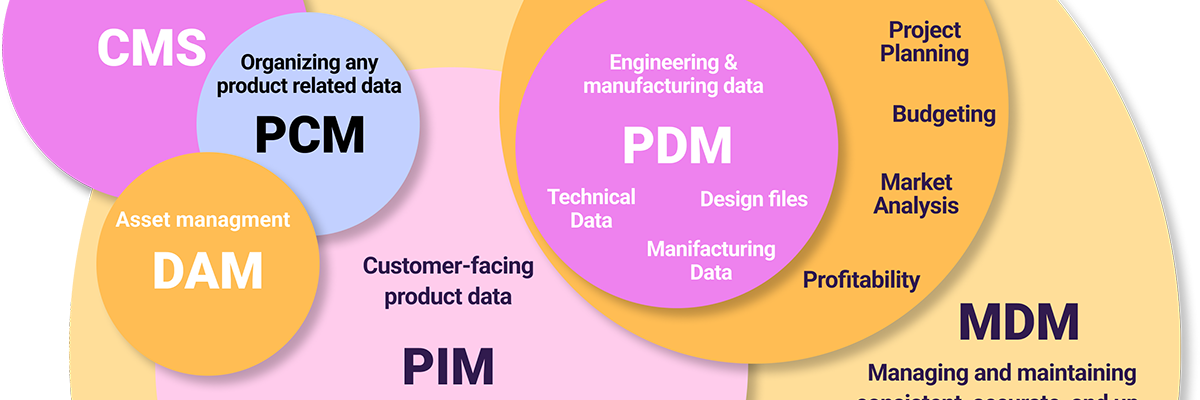What Is eCommerce Inventory Management (EIM)?
eCommerce Inventory Management is critical to running a successful online retail business.
It involves a systematic approach to sourcing, storing, and selling products online while maintaining the right balance between demand and supply. This process includes tracking and managing inventory levels, order fulfillment, and product procurement, all of which aim to maximize sales, reduce stockouts and overstock situations, and improve overall business efficiency.
Key Elements of eCommerce Inventory Management
- Stock Control. Stock control refers to maintaining accurate records of inventory levels and monitoring the movement of goods throughout the supply chain. This entails using software tools and systems to track each product's quantity, location, and status, allowing for real-time visibility into stock levels and enabling proactive decision-making.
- Demand Forecasting. Accurate demand forecasting is essential to ensure that inventory levels match customer needs. By analyzing historical sales data, seasonal trends, and other market factors, retailers can predict future demand patterns and adjust their inventory accordingly. This helps to prevent stockouts, overstocks, and lost sales opportunities.
- Reorder Point Calculation. Reorder point calculation is the process of determining when and how much to replenish inventory. This is achieved by considering lead times, safety stock, and target inventory levels. By setting optimal reorder points, businesses can minimize the risk of stockouts while also avoiding excessive inventory costs.
- Supplier Relationship Management. Establishing solid relationships with suppliers is critical for effective inventory management. This involves selecting reliable suppliers, negotiating favorable terms, and maintaining open lines of communication to ensure timely and accurate deliveries. Supplier performance should be regularly evaluated to identify areas for improvement and mitigate potential supply chain disruptions.
- Order Fulfillment. Efficient order fulfillment processes are essential to meet customer expectations and maintain high customer satisfaction. This includes timely processing and shipping of orders, accurate order tracking, and streamlined returns management. By optimizing order fulfillment, businesses can reduce costs, improve customer retention, and enhance their overall brand reputation.
- Inventory Analysis and Optimization. Regularly analyzing inventory data is crucial for identifying inefficiencies, uncovering trends, and making informed decisions to optimize stock levels. Key performance indicators (KPIs) such as inventory turnover, stockout rates, and carrying costs can provide valuable insights into the effectiveness of inventory management strategies.
- Integration with eCommerce Platforms. Effective inventory management requires seamless integration with other eCommerce systems, including shopping carts, payment gateways, and customer relationship management (CRM) systems. This ensures that inventory data is accurate, up-to-date, and easily accessible across all relevant channels.
📑Managing Product Data and Tools You May Need Infographic.
What is PIM, and how different is it from other similar tools? We’ve tried to clear up the acronym confusion in eCommerce with the following infographic that provides you with a visual comparison of all relevant terms. Individual posts dig deeper into each term and the concept behind it.
📝READ WHAT IS PIM AND DOWNLOAD THE INFOGRAPHIC FOR FREE FROM HERE

Today eCommerce Inventory Management is a vital aspect of online retail operations, requiring careful planning, execution, and continuous improvement.